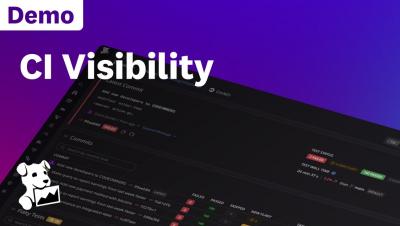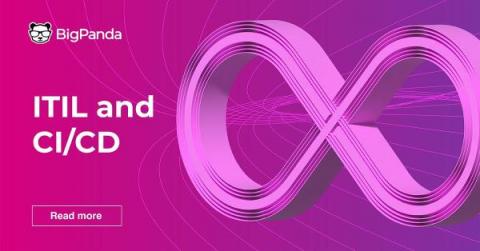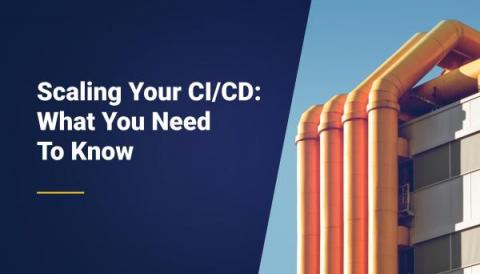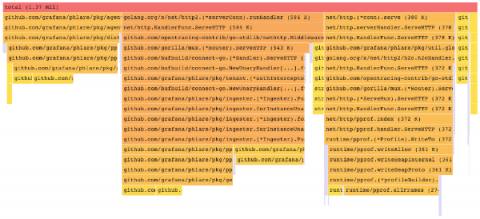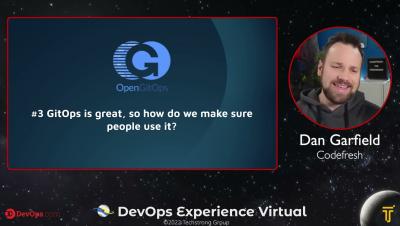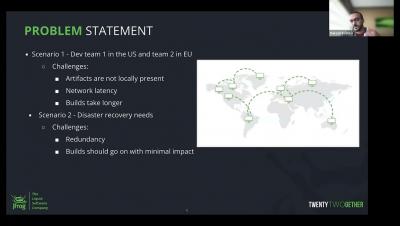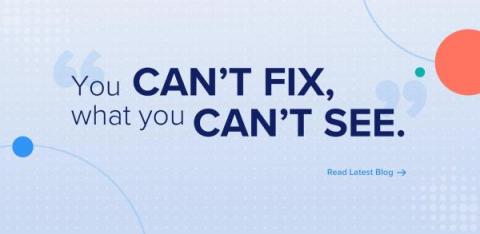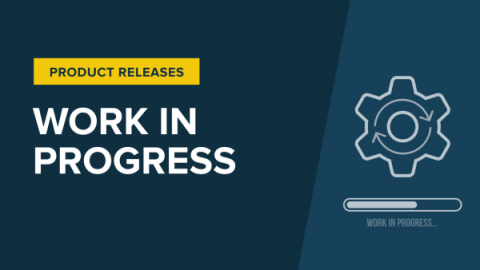Operations | Monitoring | ITSM | DevOps | Cloud
CI CD
The latest News and Information on Continuous Integration and Development, and related technologies.
ITIL and CI/CD
In the world of IT, there are two main approaches to managing changes—the information technology infrastructure library (ITIL) and continuous integration and continuous delivery/deployment (CI/CD). Both have their own benefits and drawbacks, so it’s important to understand the difference between them before deciding which one is right for your organization. In this article, learn about the difference between CI/CD and ITIL, and find out which approach is best for your needs.
Scaling Your CI/CD: What You Need To Know
CI/CD is the process that ensures that code updates are deployed efficiently and reliably. However, more than simply having CI/CD pipelines is required for modern business application development needs. The problems start as soon as your team grows, but your CI/CD process does not. Static CI/CD pipelines result in an operational bottleneck and slow down your application workflow. Today, we will discuss why scaling your CI/CD is an inevitable need for your organization.
How flame graphs visualize continuous profiling data in Grafana Phlare
We recently announced a new open source project called Grafana Phlare. This highly available continuous profiling data source is built into Grafana core, allowing you to seamlessly monitor your profiling data. With continuous profiling, you can see which parts of your applications are consuming the most resources. You can then use that data to make any necessary tweaks to reduce consumption, which translates to lower costs.
Baking Security into your DevOps Supply Chain with Argo CD & OPA - Dan Garfield (DevOps Experience)
Cloud Marketplaces: How to Move "Tail Spend" to "Strategic Spend"
Best practices for scaling DevOps across sites
Solving the Top 3 IT Visibility Challenges in the Digital Workplace
Managing workplace technology is more complex now than ever before. The world as we see it has changed, leading to a burst of technological innovations aimed at creating efficient digital workplaces creating more flexibility for employees but are something of a monster for IT to manage. Managing the complexity of the digital workplace at an enterprise level requires visibility into every digital asset.
What Is Developer Experience?
Recently I started hearing more and more about developer experience, which to me was a bit new-ish, so seriously what is developer experience? Another buzz word? A real thing? It’s been a while since I actually developed code … yes yes … you can laugh … a sales person that used to be a developer 😃, and A LOT changed since then. The number of tools a developer should work with on a daily basis is just crazy.
Get in front of delivery risks by managing work in progress
Sleuth’s product team is pleased to announce an exciting new feature that provides early and actionable visibility into emerging work-in-progress risk! With this release, Sleuth provides customers even more actionable visibility into their engineering efficiency. It extends Sleuth's deploy-centric tracking capabilities upstream in the developer workflow to provide real-time visibility into in-flight work and its emerging risks. Here's how it works.


